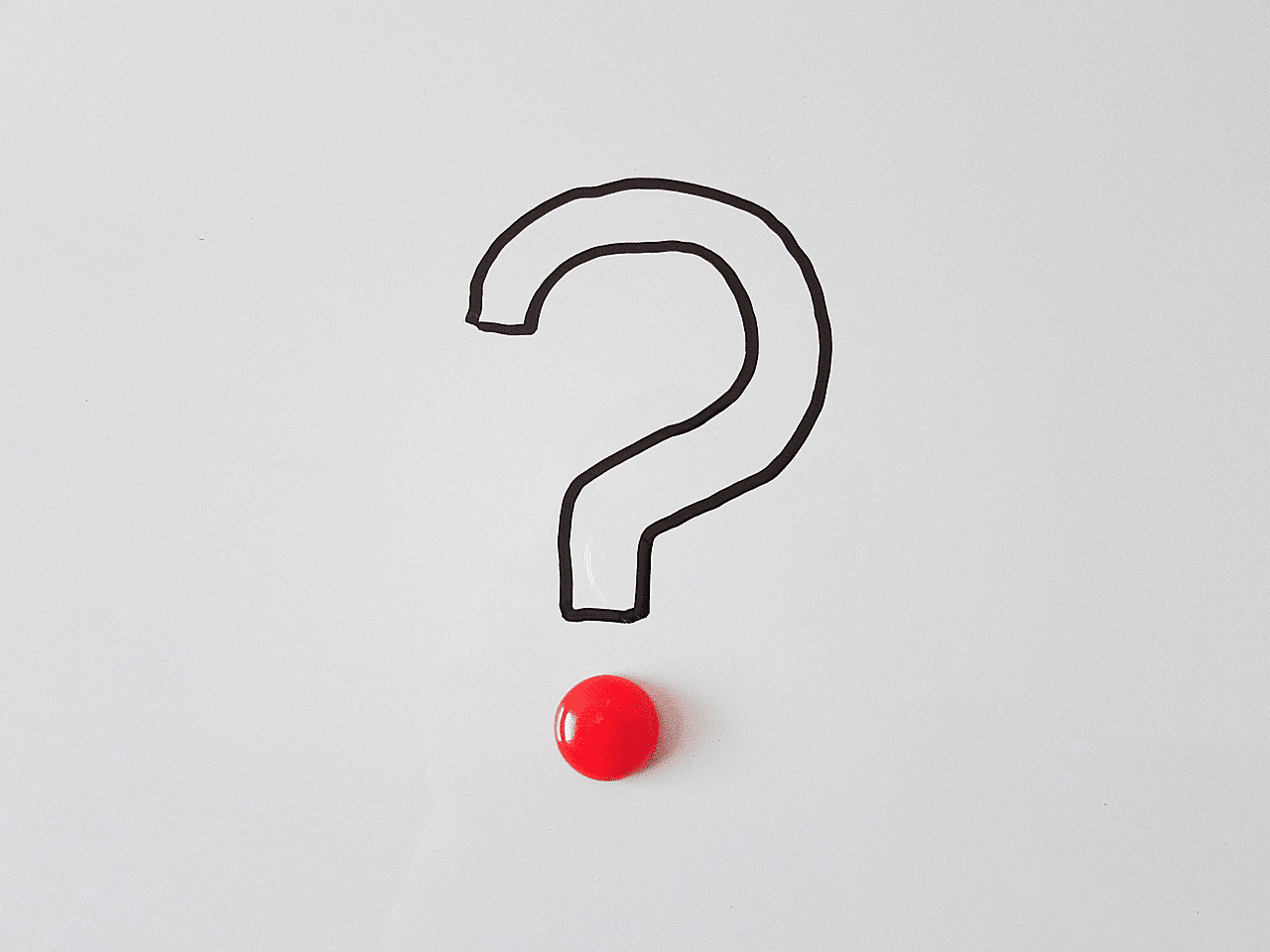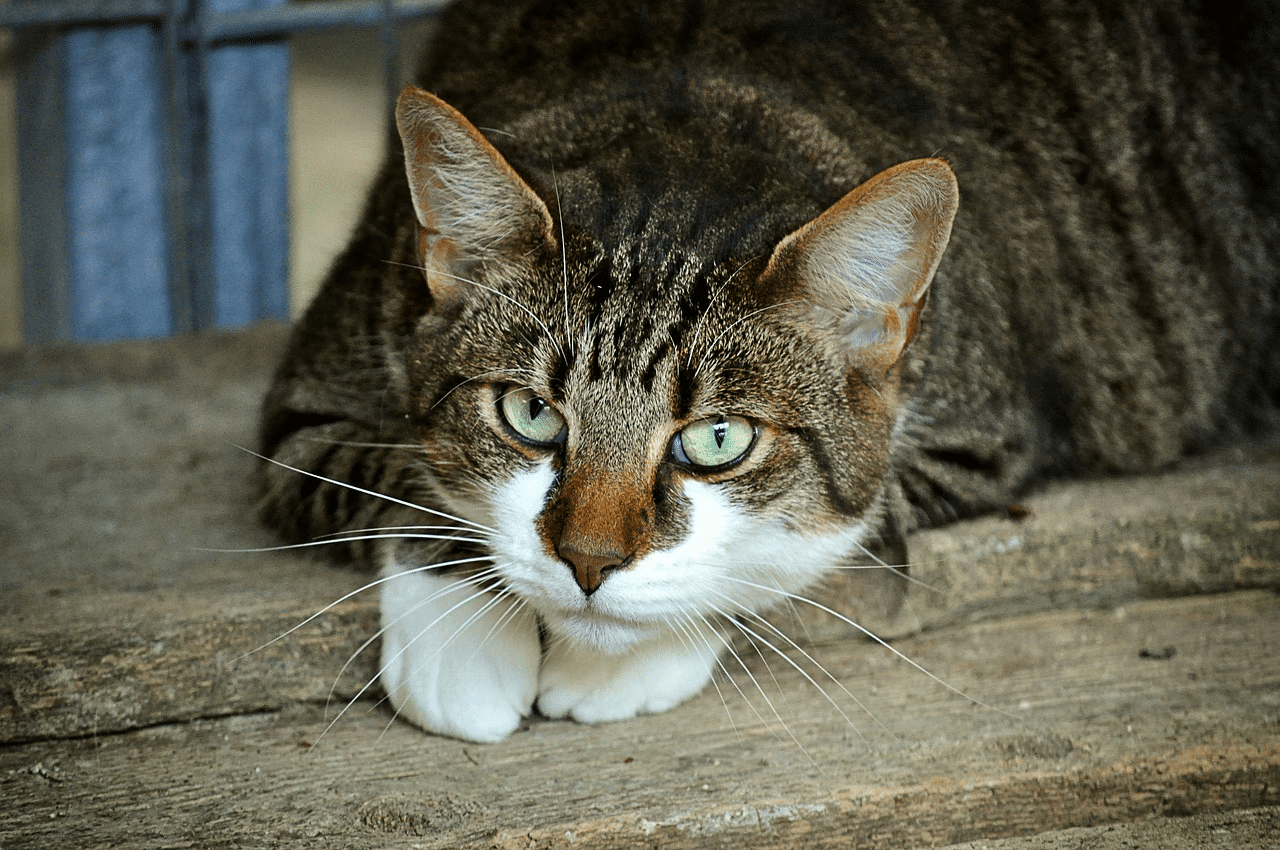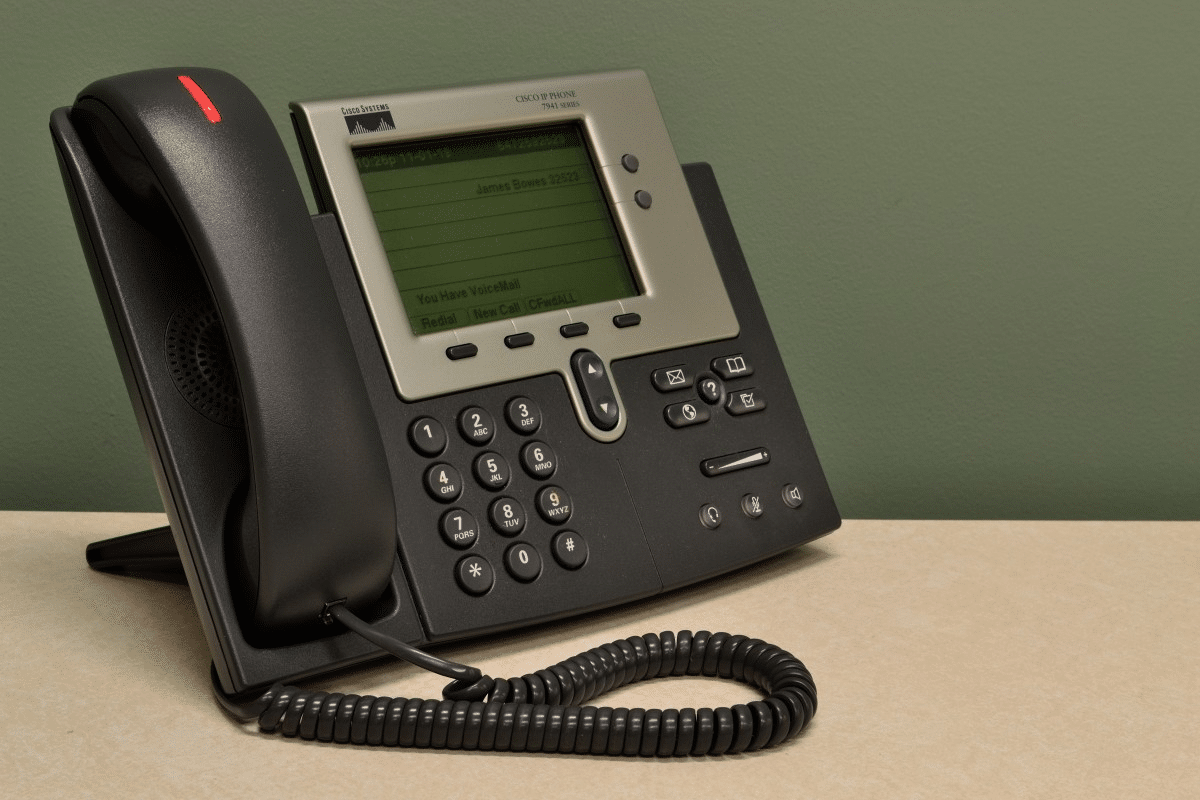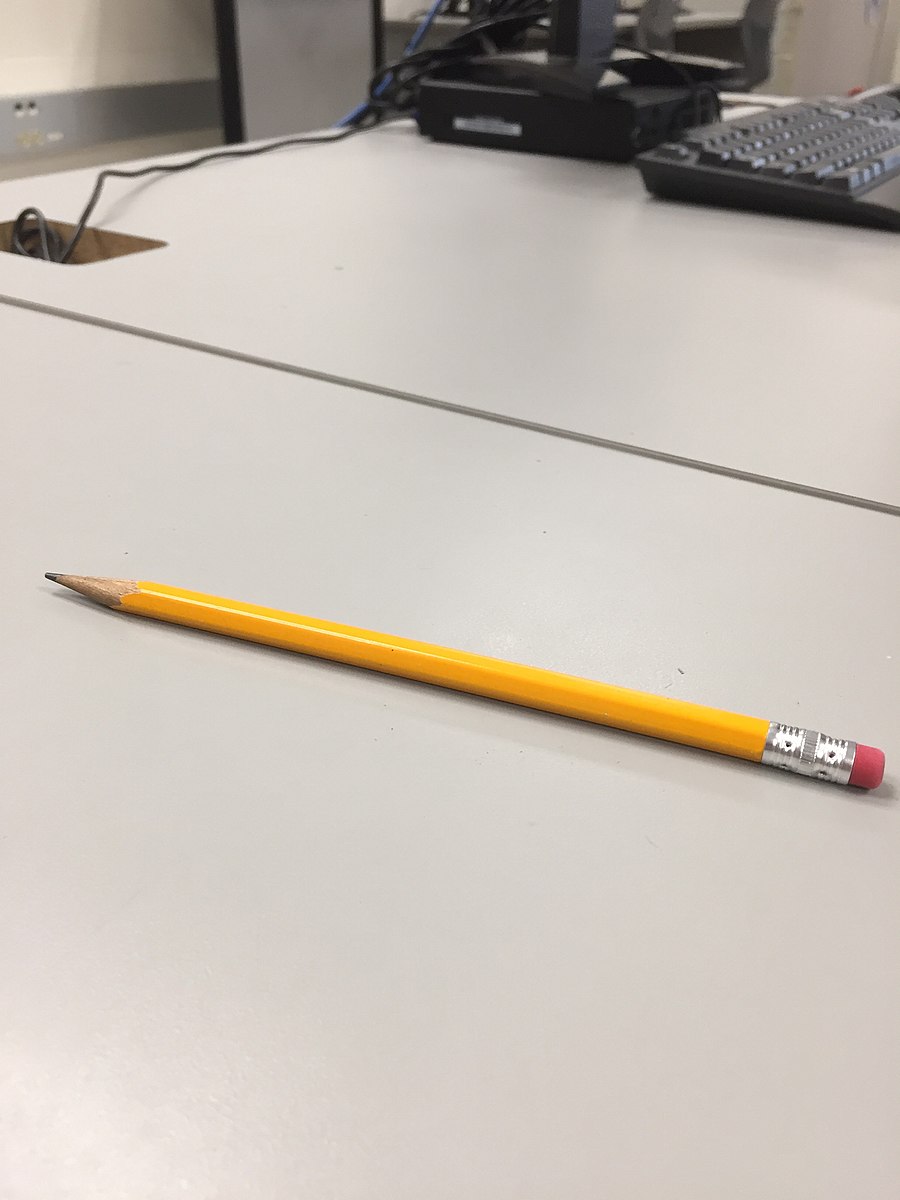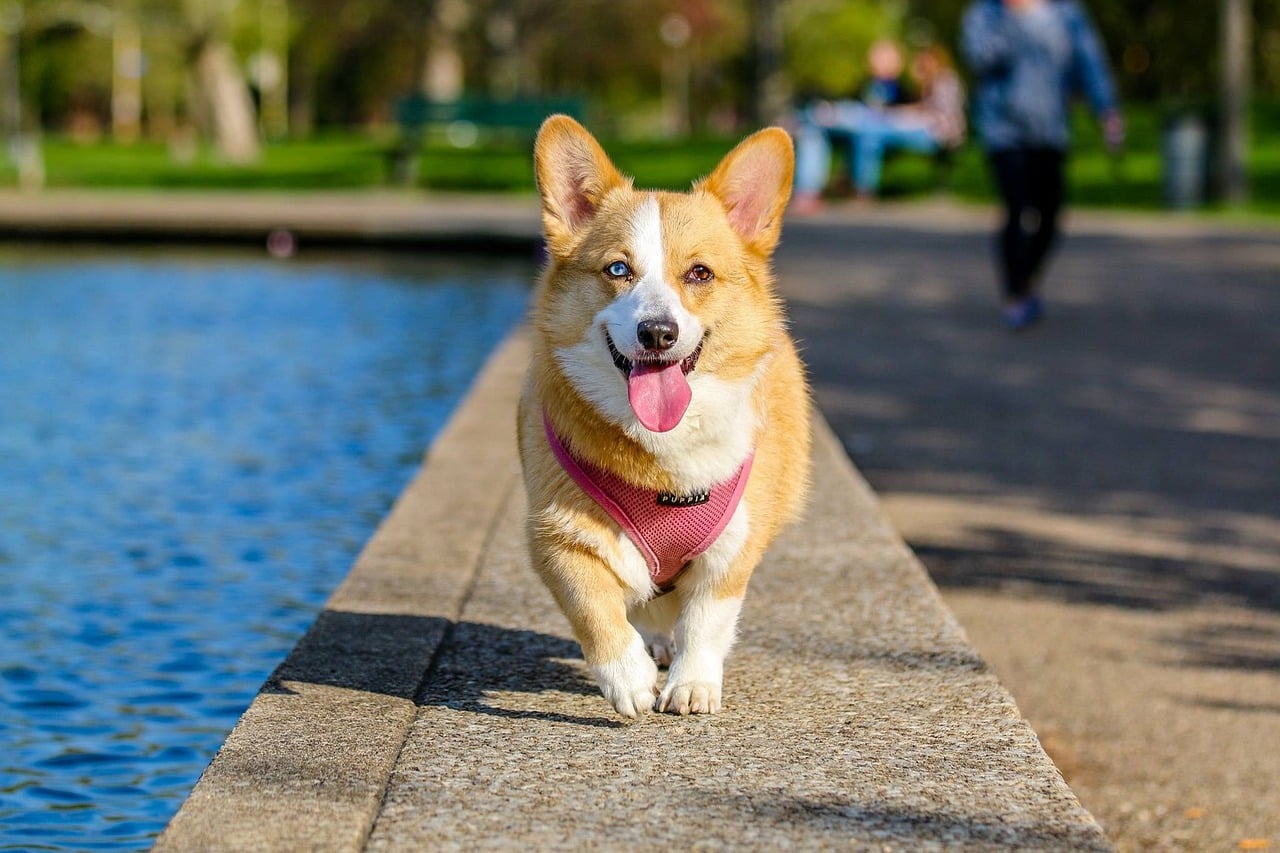1.2 – Co to je? Identifying Objects
In this lesson, we will learn how to ask what something is. For example, if you were looking at a pencil but didn't know the word in Czech, you could use this question:
|
Co to je? ‘What is this/that?’ |
|
The question consists of three words:
co – ‘what’
to – ‘this/that’
je – ‘is’
The response is formed from some of the same words:
to – ‘this/that’
je – ‘is’
|
Co to je? -To je kočka. |
Co to je? -To je město. |
|
Co to je? -To je telefon. |
Co to je? -To je tužka. |
Now, let's imagine you are pretty sure you know what an object is, but you want to check to make sure. You can ask Je to________? The response can either be:
|
Ano, to je________. ‘Yes, this is a ________. |
OR |
Ne, to není ________. ‘No, this is not a ________. |
The word není means ‘isn’t’. To není means ‘This is not.’
|
Je to batoh? Ano, to je batoh. 'Yes, this is a backpack'. |
Je to kočka? Ne, to není kočka. To je pes. ‘No, this is not a cat. This is a dog.’ |
In general, you use the word order To je… for statements, and invert the word order for questions Je to..? However, there is not a strict rule and you frequently will hear people use these two word orders interchangeably.
tohle – ‘this (right here)’
|
Co je tohle? ‘What is this?’ |
|
In addition to the question co to je? one can ask co je tohle? The word tohle means ‘this thing (right here)’. It is used particularly when you are close of an object.
Images used in this document come from these sources.
